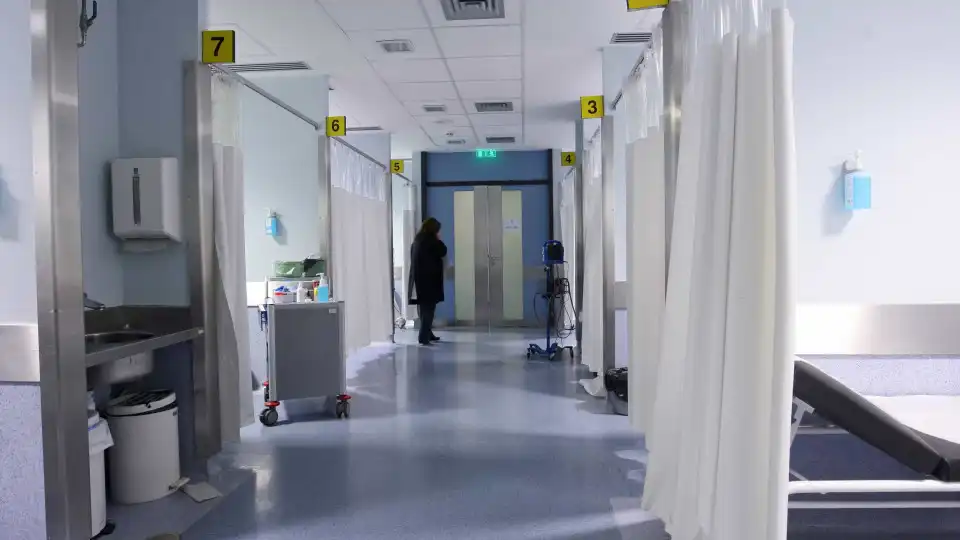São João implements remote monitoring of serious surgical patients
The Hospital de São João, in Porto, has implemented a protocol for the remote monitoring of seriously ill surgical patients that includes monitoring via a wireless device with sensors that generates alerts when the clinical situation worsens.

© Global Imagens

País Porto
"By identifying possible complications early, we prevent patients from going down to intensive care in a critical phase when they get worse," Elisabete Barbosa, clinical director for Hospital Care at the São João Local Health Unit (ULSSJ), told Lusa.
A device is placed on patients admitted to the ward who do not have severity criteria that justify admission to an intensive or intermediate care unit, but who are known to be able to worsen, either due to complications resulting from surgery or associated comorbidities.
This device -- which "does not replace the nurse and human surveillance," said the director of Intensive Medicine at ULSSJ, José Artur Paiva -- monitors data such as heart rate, respiratory rate, oxygen saturation, axillary temperature and blood pressure, generating alerts that are viewed on the console of health professionals and in the nursing room.
Elisabete Barbosa told Lusa that in the future it is expected that the data can also be viewed on service mobile phones.
The devices are wireless and water-resistant, allowing the patient to take a shower and move around with them.
"If a nurse visits the patient who is in the ward [level of care 0 or 1 that precedes the intermediate, 2, or intensive, 3] every two hours, what happens in that interval depends on the patient's own description. If the patient is not able, this technology adds value (...) and when the patient goes, for example, to do exams, he continues to be monitored," said José Artur Paiva.
In addition to the introduction of this real-time monitoring, the protocol created includes procedures that aim to improve communication and clinical discussion between General Surgery and Intensive Medicine, to facilitate the definition of the clinical strategy and expedite transfers, if necessary.
"Monitoring allows early identification of worsening, avoiding the critical phase and may not even reach the point of urgent admission to intensive care," explained Elisabete Barbosa about a protocol created in February that "has shown many advantages."
At São João Hospital, a team dedicated to this protocol was created, with an intensive care physician and a general surgery physician always available.
In case of an alert, this team is activated and decides the next steps together.
Previously, once the complication was identified, that is, the worsening of the clinical condition, the patient would go to the emergency room and that is where they would be evaluated.
"In 50 and 60% of cases, the doctor thinks it is preferable to come to intensive care. In the other 40%, it may consider that there is no need to go to intensive care, but there is immediately a conversation that allows the strategic plan to be improved. The process is always a winner. We don't mind going there [to general surgery] and that some of the patients do not have the criteria to come. It is important that we do not miss any that have the criteria to come [to intensive care," concluded José Artur Paiva.
Read Also: Director of CEMP calls for greater prominence for primary care (Portuguese version)


Descarregue a nossa App gratuita.
Oitavo ano consecutivo Escolha do Consumidor para Imprensa Online e eleito o produto do ano 2024.
* Estudo da e Netsonda, nov. e dez. 2023 produtodoano- pt.com



